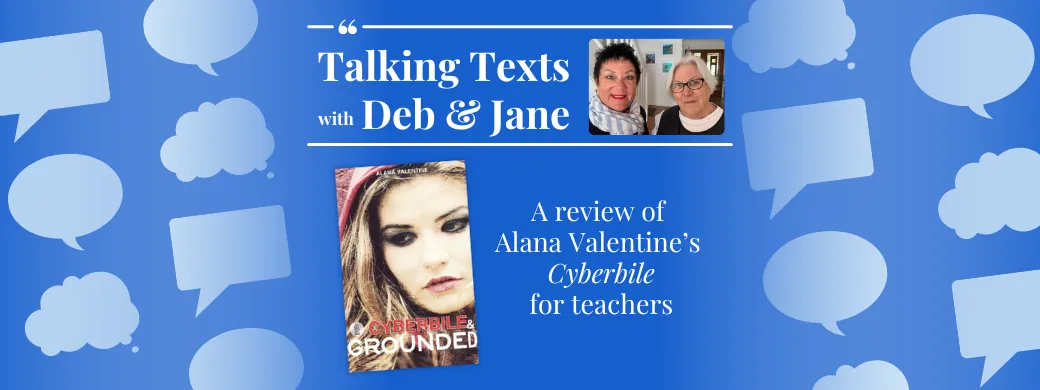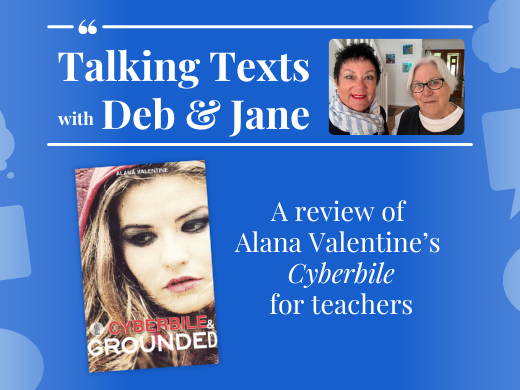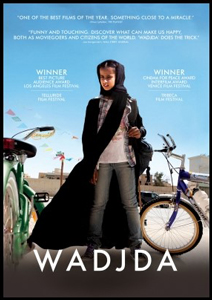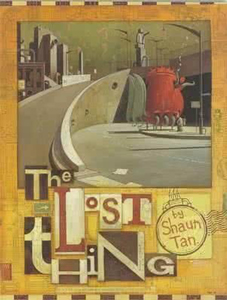

Flat Rate Shipping
$7.95 flat rate shipping or free over $120


Aussie Owned
Australian family-owned & sourced


School Supplier
Supplier to over 1,000 schools Australia wide


If we listen to Hamlet about what makes good theatre, he says it “should hold a mirror up to nature.”
So…what is the “nature” of adolescence?
Today it involves peer pressure, bullying, competition, isolation, identity and more recently – online abuse, trolling and cyberbullying. Parents and schools are trying desperately to deal with their children and students being attacked online or suffering hurtful comments which can lead to tragic circumstances.
According to the Australian Governments website on cyberbullying – “44% of Australian young people report having a negative online experience in the last 6 months, this includes 15% who received threats or abuse online.” (2021)
If we are to help adolescents navigate the minefield of online interaction, the English classroom is an ideal place and this short, engaging, powerful play Cyberbile is well-suited to Stage 5 and could be considered in late Year 8. Youth Culture is a rich and growing area in the English landscape and such texts are more likely to engage reluctant readers and adolescents who are looking for themselves in their English texts.
The previous 7-10 English syllabus has a very valuable definition of Youth Cultures:
“The shared beliefs, knowledge, creative activities, customs and
lifestyle of young people, particularly teenagers, within a culture.
Youth cultures develop in those societies which differentiate
teenagers as a group separate from children and adults. In
Australia, the dominant youth culture identifies closely with
popular culture and finds expression in the music and multimedia texts of popular culture.”
Cyberbile appears in a two-play collection of Alana Valentine plays; the other one is Grounded.
Cyberbile is fast-paced, accessible and candid in its exposure and exploration of teenage bullying. It is edgy, and at times, raw and confronting. The play grew out of a Sydney’s school’s concerns about cyberbullying and its impact on its students. Subsequently 700 students were surveyed, and 34 interviews took place. Cyberbile was first performed in December 2011 and since then has been a popular play for schools to include in their drama repertoire as well as small theatre companies around the country.
Cyberbile features three characters—Oriana, Celine and Terri—who are very credible and identifiable adolescent girls. The girls move between realistic, everyday dialogue and free verse to capture their emotions and experiences. The girls discuss strategies to help each other and the broader school group regrading cyberbullying. They know they cannot eliminate it but they can encourage openness and ways to build resilience. A range of other “figures” take on the role of different voices from different perspectives including parents, teachers and cyber victims. These “figures” are similar to the Greek chorus style and will offer students some powerful and compelling perspectives to explore. The “figures” can be played by a range of people so that wider classroom or group involvement can be maximised.
Alana Valentine is a prolific, popular and award-winning Australian playwright who has mastered the verbatim style of theatre. She is also a dramatist, librettist and director working in theatre, film, opera and television. Valentine has explored a range of subjects related to Australians’ interests including the Super League controversy of South Sydney NRL in Run Rabbit Run, the challenges and complexities faced by Lindy Chamberlain in Letters to Lindy and is the writer of the HSC play for Standard Module A – Shafana and Aunt Sarrinah. Alana’s website expands on her repertoire: https://alanavalentine.com/
In exploring this play please provide opportunities for your students to be active in vocalising scenes.
Get them up and moving.
Create a classroom culture to explore drama texts where plays are seen as a unique form and intended for performance. Scripts are prompts for performance where students move and are active with scripts. It is not about creating actors but vocalizing. Use the metalanguage of script: stage directions, set design, scenes, acts.
Also, drama texts provide authentic experiences for collaborative learning especially in the capacity to transform the script beyond the page into something meaningful.
Cyberbullying is when someone uses the internet to be mean to a child or young person so they feel bad or upset. It can happen on a social media site, game, app, or any other online or electronic service or platform. It can include: posts, comments, texts, messages, chats, livestreams, memes, images, videos and emails.
These are some examples of ways the internet can be used to make someone feel bad or upset:
The link to Real stories will certainly provide resonance for some students
Scene 1 Figure 1
I was…I guess I was sitting at my computer and I was replying to an email… and I just typed one word which I guess was stronger than I usually use and that word was ‘slut’ and I just typed it and it felt good to use a stronger word and I sent it off and nothing happened and it sort of just went from there. I would describe it that… as I started using stronger and more forceful words on the screen…like I found this total word for it which is vitriol and that’s what it is like…like by shooting this vit into the email then the less there was in me.
Does anything else stand out in this initial experience of the play?
| Figure number and give them a name | What is their experience? | 3 key phrases to capture this experience. |
Discuss the key ideas of your chosen speech and how this “figure” contributes perspectives to the play’s key ideas. How did your collaborative group presentation help you understand this scene more fully? Choose one other group presentation and comment on what ways did they bring their scene to life.
1. A new edition of the play is being released for schools
2. Anti-cyberbullying campaign
3. Sustained response:
In the Foreword to Cyberbile, Greg Friend makes a poignant statement:
“Drama is a powerful tool to educate and inform the audience. It can open deep wounds, awaken suppressed emotions and explore ways of healing or changing lives.”
To what extent is this achieved in Alana Valentine’s Cyberbile? With close reference to the play examine this comment.
Text requirements: Cyberbile is a drama text written by an Australian playwright. It contains cultural, social and gender perspectives
Concepts could include Context and perspective • Representation.
A student uses a range of personal, creative and critical strategies to interpret complex texts EN5-RVL-01
Reading, viewing and listening skills
Reading, viewing and listening for meaning
Reading for challenge, interest and enjoyment
Reflecting
A student analyses how meaning is created through the use and interpretation of increasingly complex language forms, features and structures EN5-URA-01
Code and convention
Connotation, imagery and symbol
Point of view
Characterisation
Narrative
A student evaluates how texts represent ideas and experiences, and how they can affirm or challenge values and attitudes EN5-URB-01
Theme
Perspective and context
Style
A student crafts personal, creative and critical texts for a range of audiences by experimenting with and controlling language forms and features to shape meaning EN5-ECA-01
Writing
Speaking
A student uses processes of planning, monitoring, revising and reflecting to purposefully develop and refine composition of texts EN5-ECB-01
Planning, monitoring and revising
Reflecting
(English K-10 Syllabus 2022 © NSW Education Standards Authority for and on behalf of the Crown in right of the State of New South Wales, 2023)



